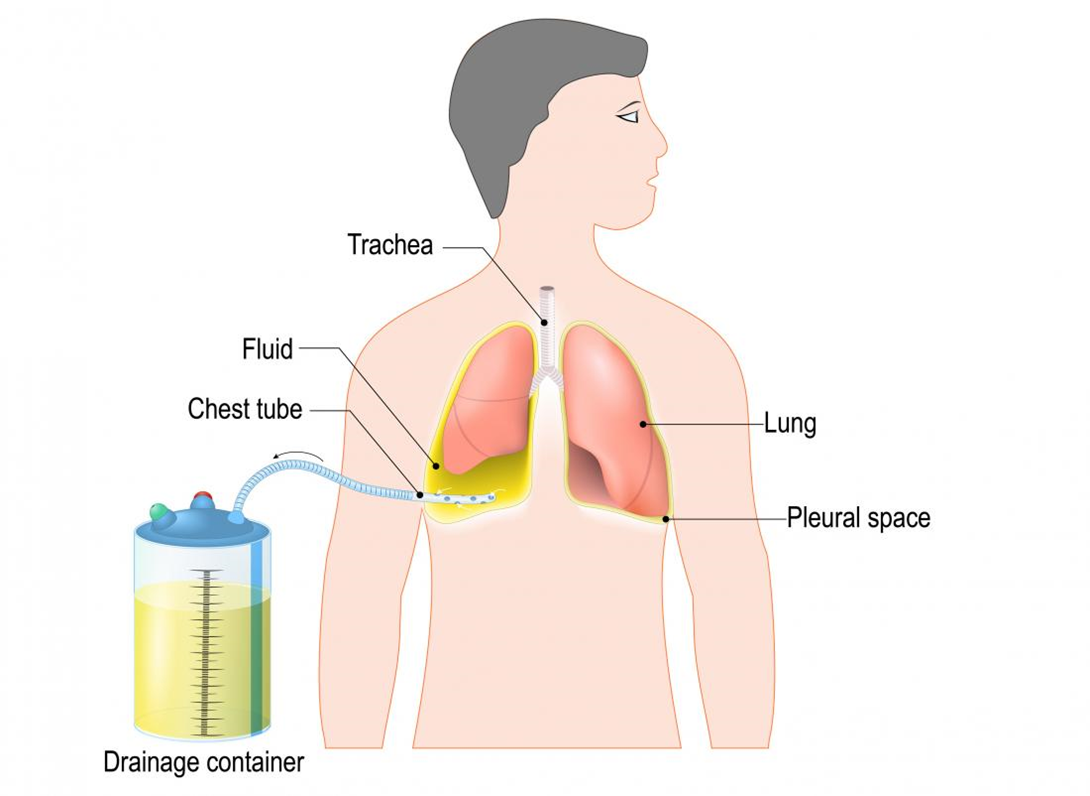A client with type 1 diabetes mellitus, hypertension, and chronic kidney disease is to begin hemodialysis treatment. Which statement should the nurse include in client education?
Prepare for an abdominal catheter.
Continue routine medications.
Expect the insulin dosage to be reduced.
Include potassium-rich foods in the diet.
The Correct Answer is C
Choice A reason: An abdominal catheter is used for peritoneal dialysis, not hemodialysis. Hemodialysis requires access to a large blood vessel, usually in the arm or leg.
Choice B reason: Routine medications may need to be adjusted or avoided before or after hemodialysis, depending on their effects on blood pressure, fluid balance, and electrolytes.
Choice C reason: Insulin dosage may need to be reduced during hemodialysis because insulin is removed by the dialyzer and blood glucose levels may drop. This is the correct statement to include in client education.
Choice D reason: Potassium-rich foods should be limited in the diet of clients with chronic kidney disease and hemodialysis, because potassium can build up in the blood and cause cardiac arrhythmias.
Nursing Test Bank
Naxlex Comprehensive Predictor Exams
Related Questions
Correct Answer is A
Explanation
Choice A reason: Irregular ulcer shapes and severe edema are characteristic of venous ulcers, which are caused by impaired venous return and increased capillary pressure. Venous ulcers are usually located near the medial malleolus and have a shallow depth.
Choice B reason: Hairless lower extremities and cool feet are signs of arterial insufficiency, which reduces blood flow and oxygen delivery to the tissues. Arterial ulcers are usually located on the toes, heels, or lateral malleoli and have a deep, punched-out appearance.
Choice C reason: Black ulcers and dependent rubor are also signs of arterial insufficiency, indicating tissue necrosis and inflammation. Dependent rubor is a reddish-blue color of the lower extremity that occurs when the leg is lowered below the level of the heart.
Choice D reason: Absent pedal pulses and shiny skin are also signs of arterial insufficiency, indicating reduced blood flow and atrophy of the skin. The skin may also be dry, scaly, or cracked.
Correct Answer is C
Explanation
Choice A reason: Lifting and clearing drainage from the chest tube is not necessary, as the water level fluctuations indicate that the chest tube is functioning properly and allowing air and fluid to escape from the pleural space.
Choice B reason: Inspecting the tube insertion site for leaking is not indicated, as there is no evidence of air leak in the water-seal chamber. An air leak would cause continuous or intermittent bubbling in the water-seal chamber.
Choice C reason: Continuing to monitor the drainage system is the best action for the nurse to implement, as the water level fluctuations are normal and expected in a water-seal drainage system. The water level should rise during inspiration and fall during expiration, reflecting the changes in intrathoracic pressure.

Choice D reason: Auscultating lungs for unequal breath sounds is not relevant, as it does not address the question of what to do with the water level fluctuations. Unequal breath sounds may indicate a pneumothorax or atelectasis, which are complications of chest trauma or chest tube insertion.
Whether you are a student looking to ace your exams or a practicing nurse seeking to enhance your expertise , our nursing education contents will empower you with the confidence and competence to make a difference in the lives of patients and become a respected leader in the healthcare field.
Visit Naxlex, invest in your future and unlock endless possibilities with our unparalleled nursing education contents today
Report Wrong Answer on the Current Question
Do you disagree with the answer? If yes, what is your expected answer? Explain.
Kindly be descriptive with the issue you are facing.
